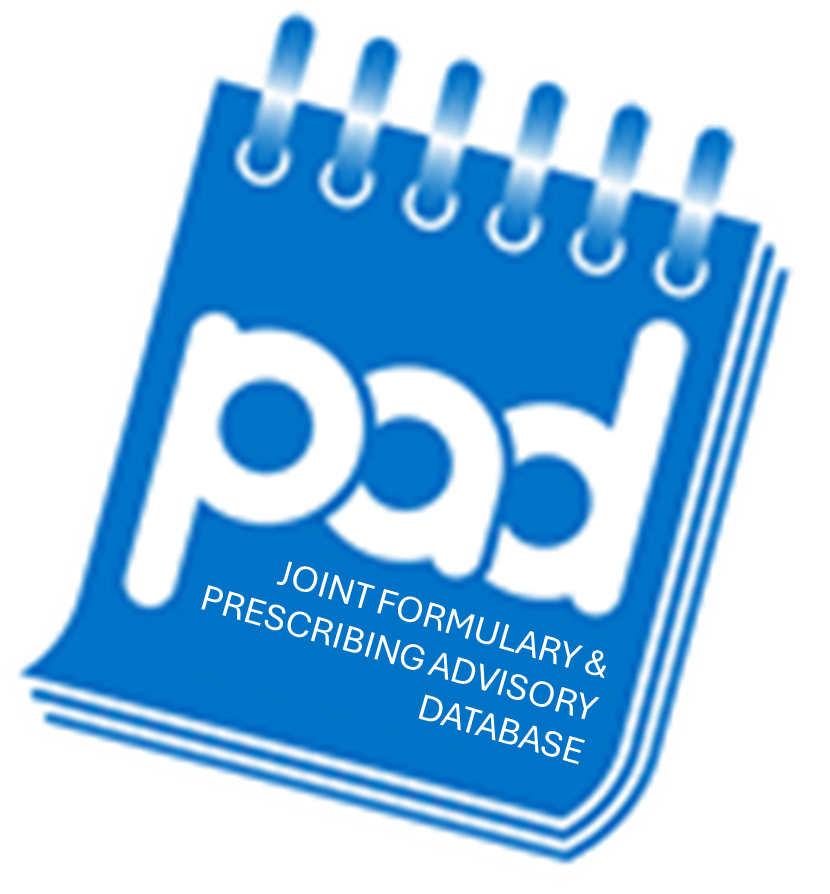
Cannabis (medicinal) - Pain
You are here : Home > Formulary Search > Cannabis (medicinal) - Pain
Status 1
- Not Specified
Documentation
PAD Profile
Committee Recommendations (2)
NHS England guidance to support clinicians on the prescribing of cannabis-based products for medicinal use:
The Surrey & North West Sussex Area Prescribing Committee (APC) recommends that Cannabis based medicinal products (CBMP) for chronic pain are given a BLACK traffic light status in line with NICE NG144, which states that these products (nabilone, dronabinol, Tetrahydrocannabinol (THC) & the combination of THC & cannabidiol (Sativex) should not be offered to manage chronic pain in adult patients unless as part of a clinical trial.
The APC concurred that there is likely to be even less evidence available for children and young people, so the recommendation should apply to all ages.
Providers (NHS and non-NHS) will be solely liable for clinical governance, prescribing responsibility and costs of all prescriptions of cannabis-based medicinal products when it is used off-label i.e. outside of its marketing authorisation. Shared care will not be supported for an off-label uses.
Primary care prescribers should ensure that patient medication records include any medicine for which prescribing remains the responsibility of secondary or tertiary care. This will ensure that GP records, which are accessed by other healthcare providers, are a true and accurate reflection of the patient’s medication.
Other Indications
Below are listed other indications that Cannabis (medicinal) is used to treat.
Other Drugs
Below are listed other drugs that are used to treat Pain .
- Alfentanil hydrochloride
- Aspirin
- Buprenorphine
- Co-codamol
- Co-dydramol 10/500
- Co-dydramol 20/500
- Co-dydramol 30/500
- Co-proxamol (Dextropropoxyphene hydrochloride/para
- Codeine phosphate
- Diamorphine hydrochloride
- Dihydrocodeine tartrate
- Fentanyl
- Gabapentin
- Ibuprofen
- Ketamine
- Meptazinol hydrochloride
- Methoxyflurane
- Morphine sulfate
- Nefopam hydrochloride
- Oxycodone
- Oxycodone with naloxone
- Paracetamol
- Pethidine hydrochloride
- Pregabalin
- Sufentanil
- Tramadol hydrochloride
- Tramadol with Dexketoprofen
- Tramadol with paracetamol
- Ziconotide acetate
